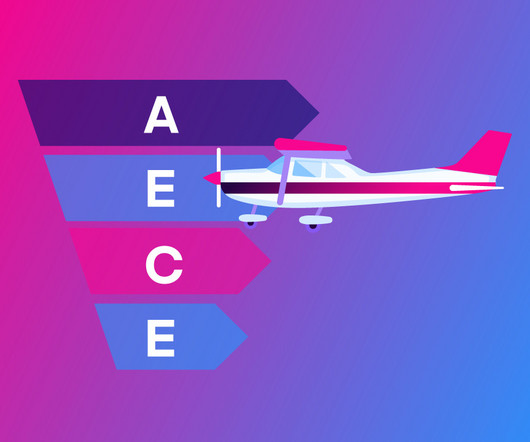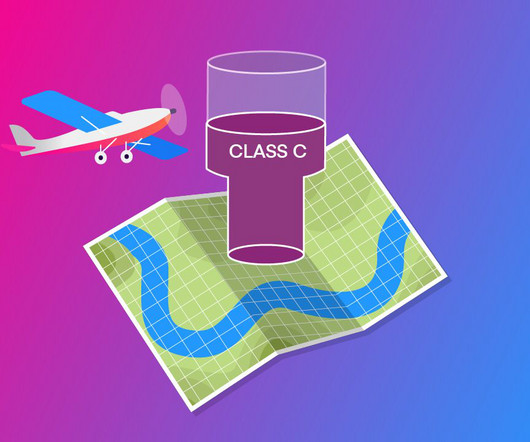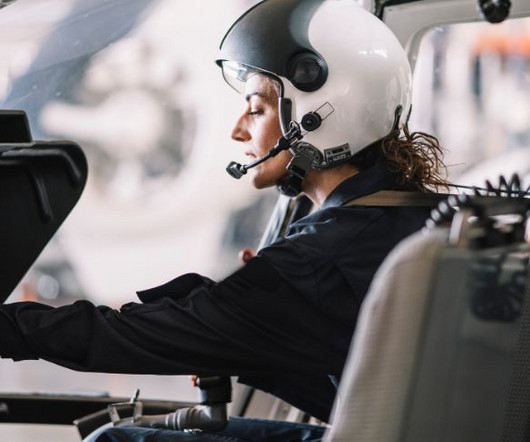Class E Airspace Explained
Pilot Institute
OCTOBER 2, 2024
Introduction to Class E Airspace Class E airspace is the most common type of controlled airspace. This airspace provides ATC services to all IFR aircraft and VFR traffic upon request. At 18,000 feet, the airspace transitions into Class A. That’s higher than commercial airliners fly.












Let's personalize your content